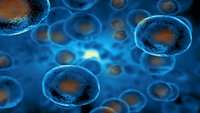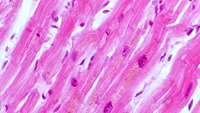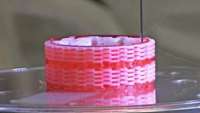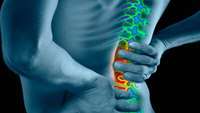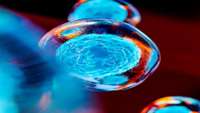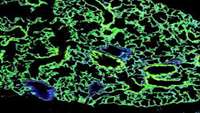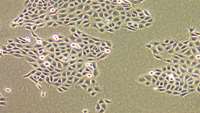Cause of hardening of the arteries – and potential treatment – identified
In research published today in Cell Reports, the team of researchers from King’s and the University of Cambridge have identified the mechanism behind hardening of the arteries for which there is no treatment.
U of T researchers handheld 3D skin printer helps heal large, severe burns, study finds
A handheld 3D skin printer developed by researchers at the University of Toronto and Sunnybrook Health Sciences Centre can deposit sheets of skin to cover large burn wounds – and its “bio ink” can accelerate the healing process.
Kidney stem cells isolated from urine could be the future of regenerative therapies
Scientists have demonstrated their protocol for the reproducible isolation of kidney stem cells from human urine. These urine derived renal progenitor cells (UdRPCs) could be used to provide easier access to stem cells for regenerative kidney therapies and modelling diseases for R&D.
Lab-Grown Heart Muscles Have Been Transplanted Into a Human For The First Time
On Monday, researchers from Japans Osaka University announced the successful completion of a first-of-its-kind heart transplant.
WFIRM scientists push bioprinting capability forward
Wake Forest Institute for Regenerative Medicine (WFIRM) scientists are the first to report using bioprinting to print a tracheal tissue construct comprised of multiple different functional materials.
Super-grafts that could treat diabetes
To save patients with a severe form of type 1 diabetes (characterized by the absence of functional insulin-producing cells), pancreatic cell transplantation is sometimes the last resort.
Regenerative medicine technology targets cause of low back pain
In addition to its effects on quality of life, chronic low back pain exerts a significant socioeconomic burden, primarily through lost work days and treatment costs. As many of its sufferers try to manage the pain with prescription drugs, it also has contributed to the growing opioid crisis, which is now a national research priority.
Can magnetic stem cells improve cartilage repair?
Cells equipped with superparamagnetic iron oxide nanoparticles (SPIOs) can be directed to a specific location by an external magnetic field, which is beneficial for tissue repair.
Stem cell transplants used to grow fully functional lungs in mice
Researchers at Columbia University were able to grow fully functional lungs in mouse embryos using transplanted stem cells. The findings suggest that it may be ultimately possible to use the technique to grow human lungs in animals for patients who need transplants and to study new lung treatments.
Skin graft: a new molecular target for activating stem cells
Human skin completely renews itself every month thanks to the presence of stem cells in the deepest layer, which generate all the upper layers of this tissue. The deciphering of genes that regulate stemness remains an enigma that is only partially resolved, in particular for human skin.




